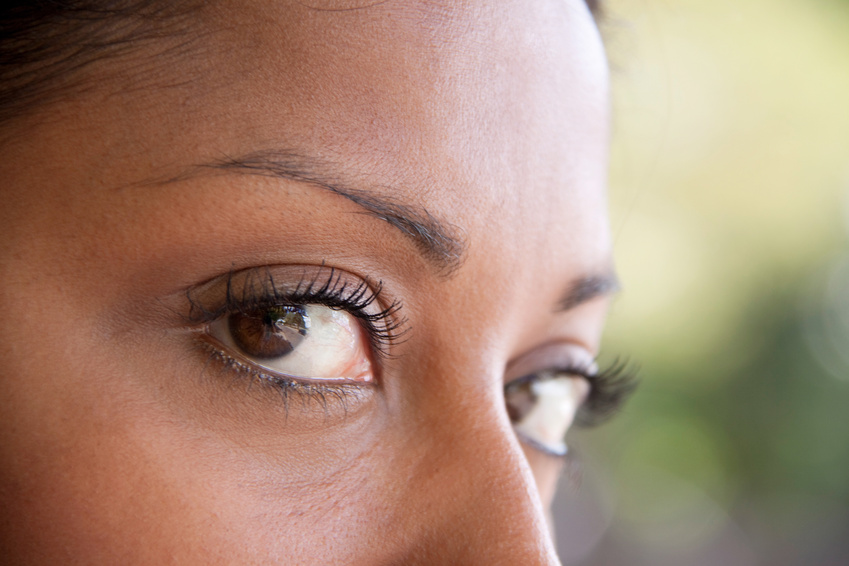
From the time we were little kids, our parents were constantly on us about brushing our teeth at least once a day, usually before going to bed. Fifty to sixty years ago, it was all about brushing, brushing and brushing of our teeth.
Then about thirty to forty years ago, flossing became just as important as brushing. Many dentists started telling everyone to floss their teeth at least once or twice a day and many recommended brushing our teeth after every meal and before bed, to prevent the buildup of plaque and bacteria that harm the hard enamel layer on our teeth.
Then came the first visit to the dentist – a terrifying ordeal for many kids. They’ve all heard the horror stories of getting shots in their mouths, having dentists drill into our teeth and even pull them if necessary. If you are like me and have a genetic immunity to the vast majority of pain killers, visiting the dentist was truly something you wanted to avoid at all cost.
Tooth decay, fillings, root canals, caps, pulled teeth and dentures were the primary focus of things to avoid by brushing and flossing daily. However, gun disease also became a topic of importance to many dentists.
Today, the topic of gun disease carries more health importance as researchers learn more about it and its long-term effects, especially for older women, according to a new report:
“Now, a group of investigators at the State University of New York (SUNY) at Buffalo have just released data from a large cohort study, which showed that periodontal disease was associated with increased risk of several types of cancer in postmenopausal women, even in women who had never smoked. The findings from the new study were published today in Cancer Epidemiology, Biomarkers & Prevention in an article entitled ‘Periodontal Disease and Incident Cancer Risk among Postmenopausal Women: Results from the Women’s Health Initiative Observational Cohort’.”
“The SUNY Buffalo team assembled a prospective cohort study of 65,869 women aged 54 to 86 who were enrolled in the Women’s Health Initiative Observational Study. Using questionnaires administered between 1999 and 2003, study participants self-reported on their periodontal disease history. The researchers evaluated cancer outcomes through September 2013. Using an average follow-up time of 8.32 years, the researchers had identified 7149 cases of cancer. Analysis of all the data showed that a history of periodontal disease was associated with a 14% higher risk of developing any cancer.”
“‘Our study findings serve to provide further evidence that periodontal disease is linked to cancer and support the need for further investigation into how periodontal disease contributes to increased cancer risk,’ remarked lead study investigator Ngozi Nwizu, Ph.D., assistant professor of oral and maxillofacial pathology at The University of Texas School of Dentistry.”
Jean Wactawski-Wende, Ph.D., a professor in the department of epidemiology and environmental health and dean of the School of Public Health and Health Professions at SUNY Buffalo and a senior study investigator added:
“The esophagus is in close proximity to the oral cavity, and so periodontal pathogens may more easily gain access to and infect the esophageal mucosa and promote cancer risk at that site.”
Ladies, remember to brush and floss daily and use a good mouthwash like Listerine that helps kill harmful bacteria left behind after brushing. Our lives, diets and environments are already filled with one cancer risk causing item after another, so don’t fall victim to your own mouth and gums.


